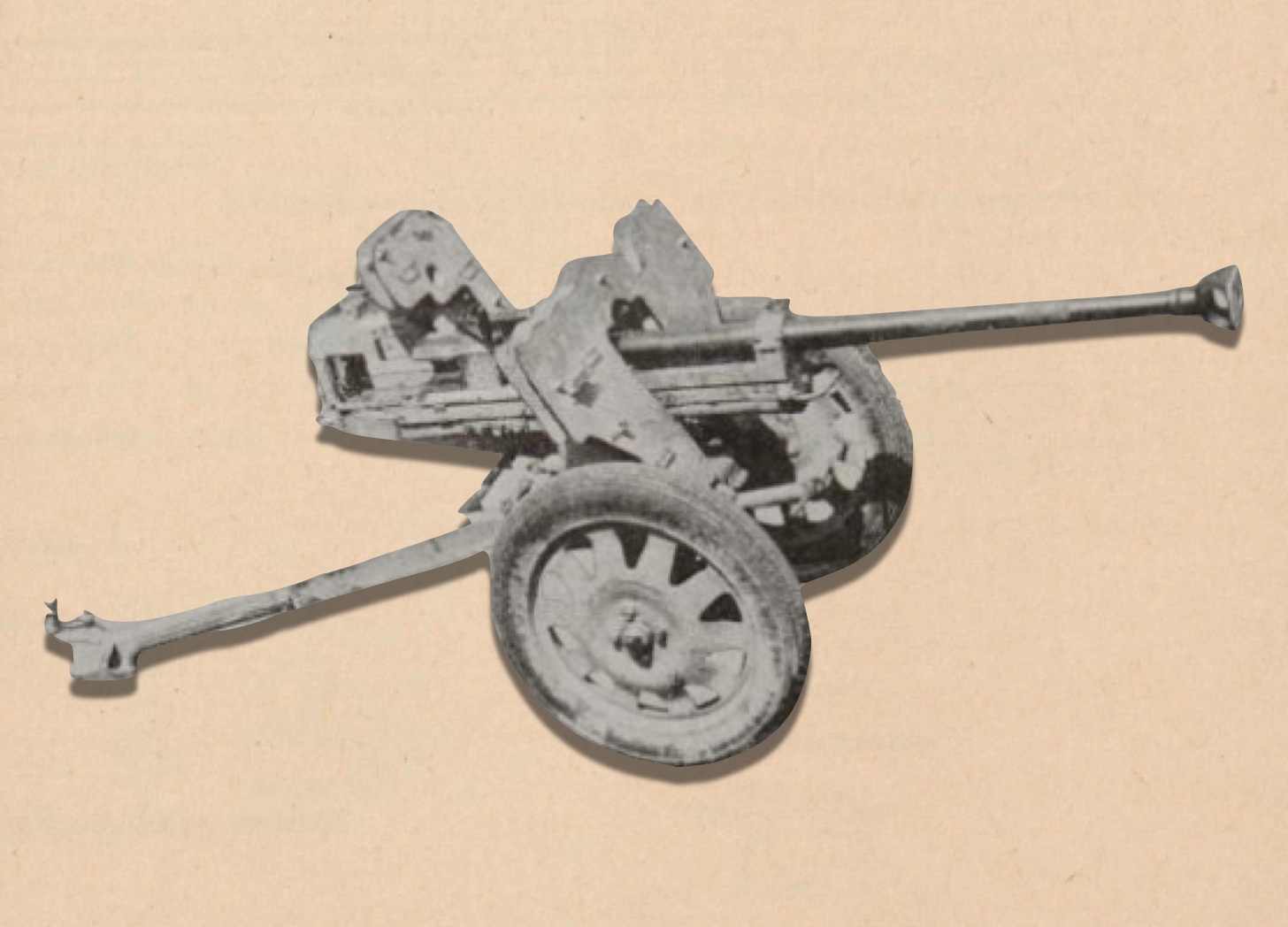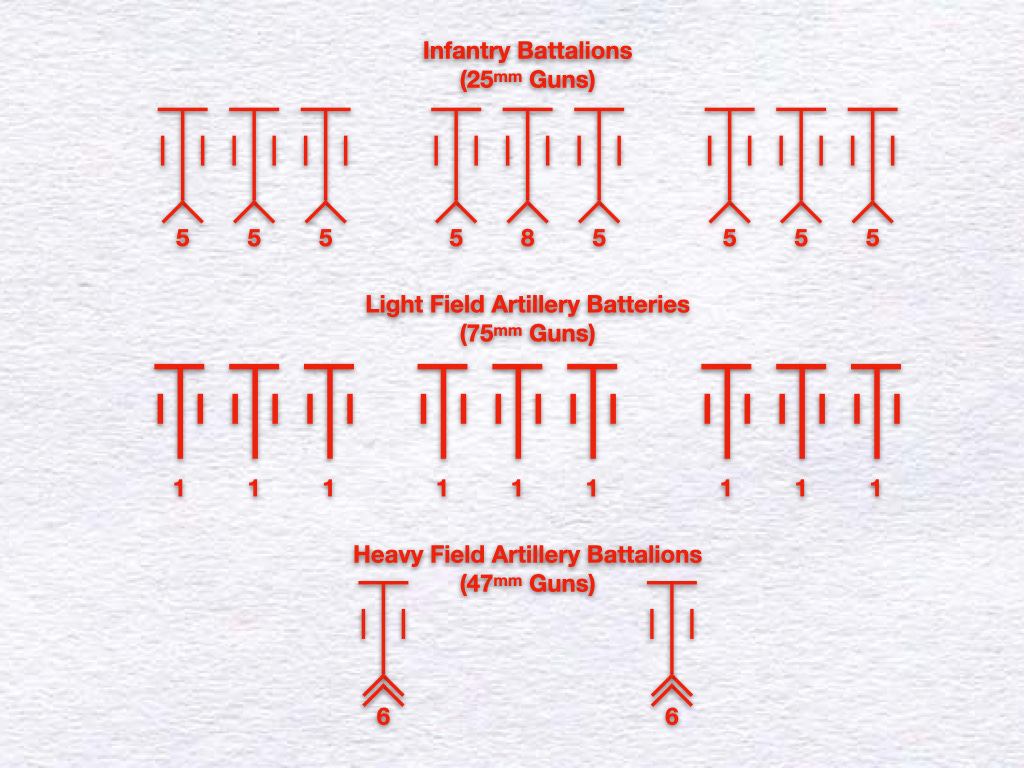Counter Concentration
Tactics Made Simple
The German Army of the 1930s organized its anti-tank units in a way designed to deal with massed tank attacks. Thus, rather than allocating a small number of anti-tank weapons to each unit in a formation, the Germans concentrated both their anti-tank guns and their motor vehicles in regimental anti-tank companies and divisional anti-tank battalions. Thus, in infantry divisions of the ordinary kind, where most men walked and most heavy weapons were pulled by horses, these anti-tank units were not only fully motorized, but, in many cases, provided with half-track vehicles.
The normal place of duty for a German anti-tank unit of the Second World War was a “lair position” (Lauerstellung), a location from which it could quickly move to any place that might be attacked by concentrations of enemy tanks. Once signs of such an attack appeared upon the horizon, the unit would rush to the neighborhood of the threatened breakthrough and take up positions from which it might focus the fire of its guns on the most successful of the attacking armored vehicles. To use the German term, the anti-tank guns were Schwerpunktartig eingesetzt: “sent into action in a focused, decision-seeking manner.”
Where its German counterpart rated 72 anti-tank guns, a French infantry division of 1940 was authorized 69 such weapons. Some of the French anti-tank guns, moreover, were far more powerful than the 37mm weapons with which all German anti-tank units of the day were armed. Unfortunately, the tables of organization for French infantry divisions spread the anti-tank weapons throughout the formation. Thus, of the 48 light (25mm) anti-tank guns each French infantry division was supposed to have, only 12 belonged to the division anti-tank company. The rest were allocated to battalions and regiments.
The 25mm anti-tank guns of the division anti-tank companies were, as a rule, assigned to infantry regiments. Similarly, the weapons of that type at the disposal of the commanders of infantry regiments were, more often than not, allocated to infantry battalions. Thus, the modest anti-tank reserves that could have been formed within French infantry divisions were rarely realized.
The 12 medium (47mm) anti-tank guns that each infantry division was supposed to have were formed into a battery that belonged to the officer commanding the field artillery of that formation. Thus, rather than reinforcing the other anti-tank guns of the division, these superb weapons were employed to protect the firing positions of division field artillery. Similarly, while each division was provided with nine turntables that converted 75mm light field guns into first-class anti-tank guns, the weapons that resulted from this marriage were invariably employed to defend their parent batteries.
When, in May of 1940, the Germans went on the offensive in the West, few French infantry divisions had received all of the 25mm anti-tank guns that they were supposed to get. To make matters worse, in cases where such weapons were in short supply, infantry battalions received them before infantry regiments and division anti-tank companies.
Sources and Resources: This article draws much from four articles about the French Army of 1940 written by John Sayen for the old (1991-1995) print edition of the Tactical Notebook.





